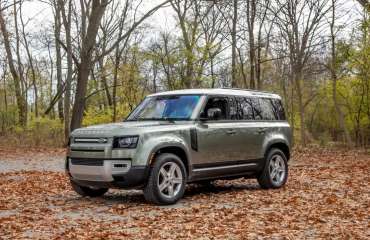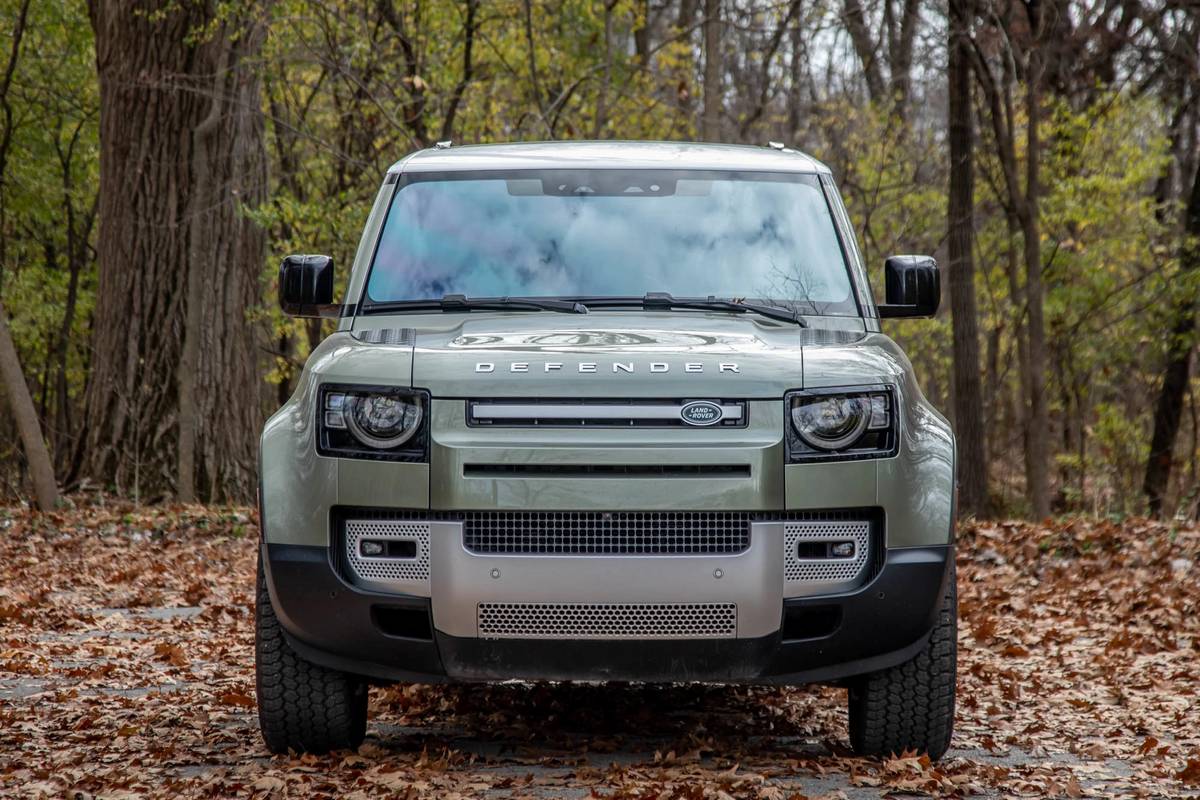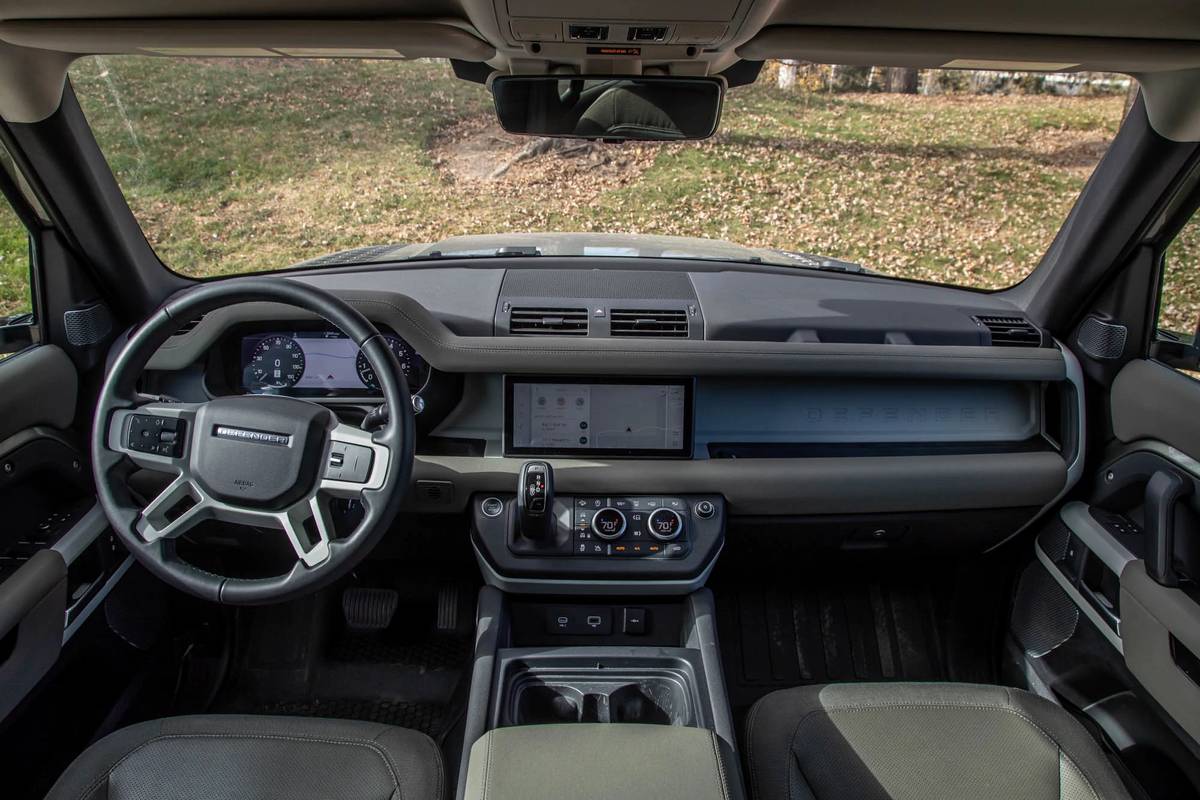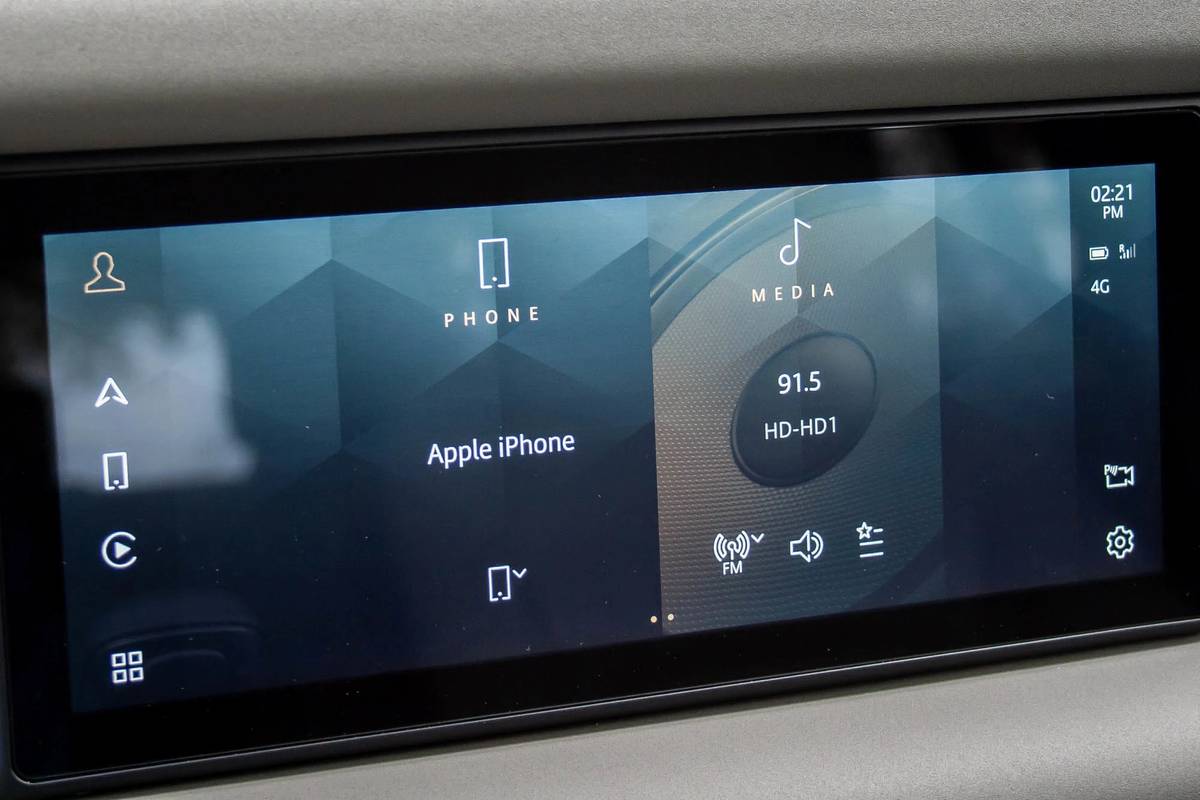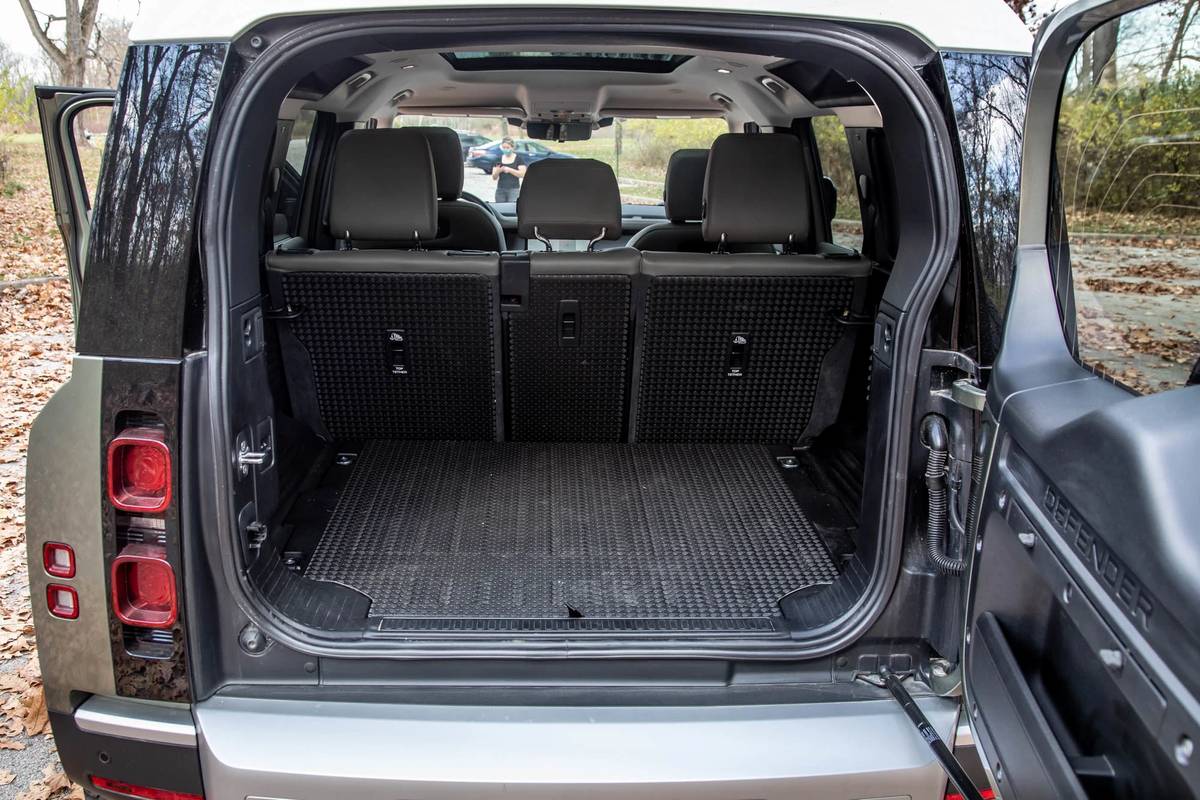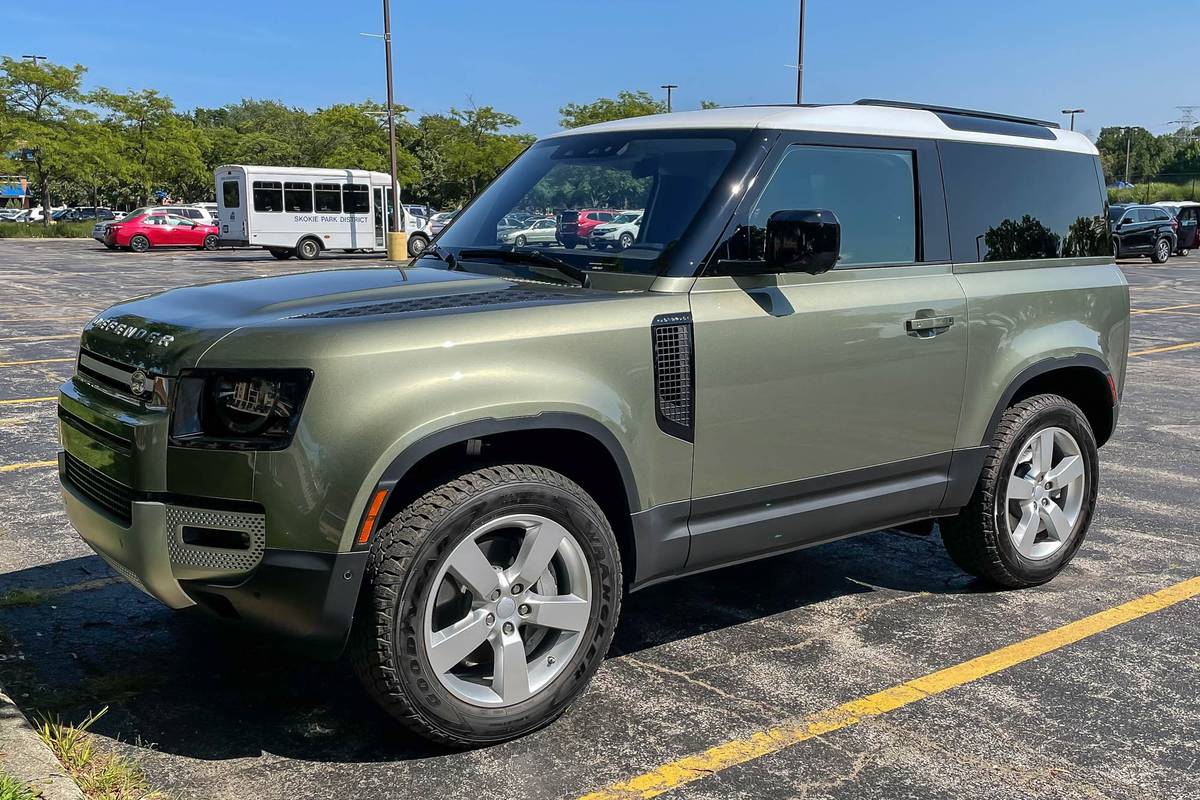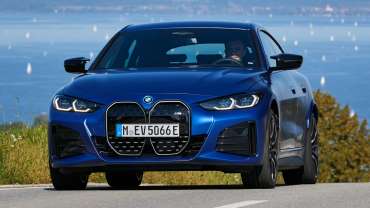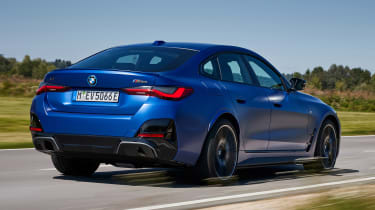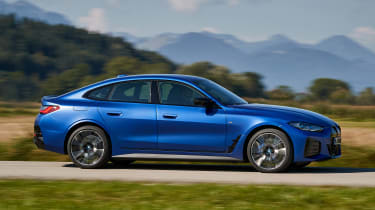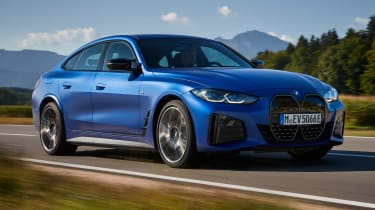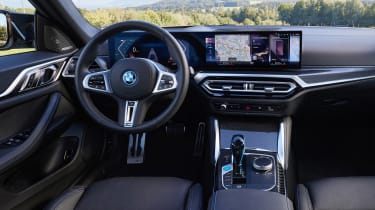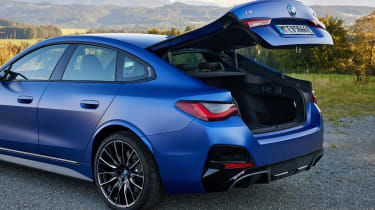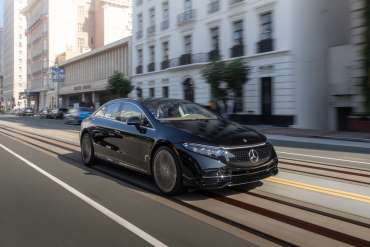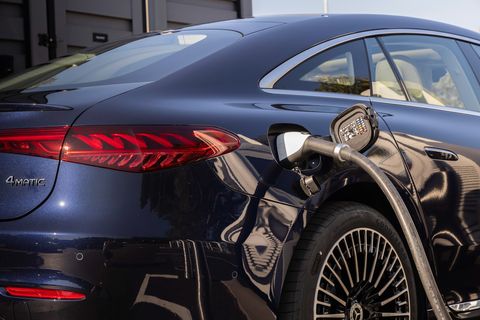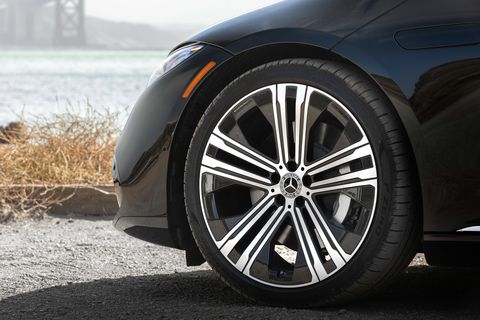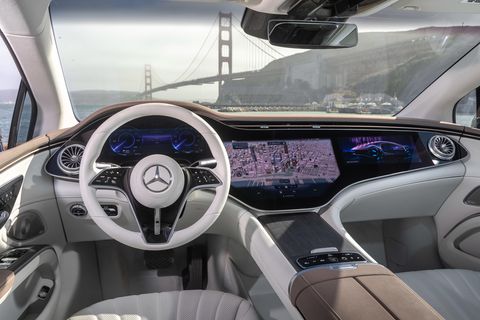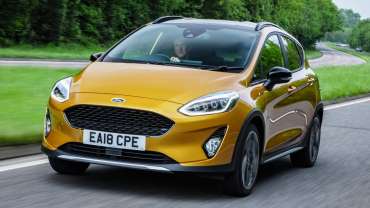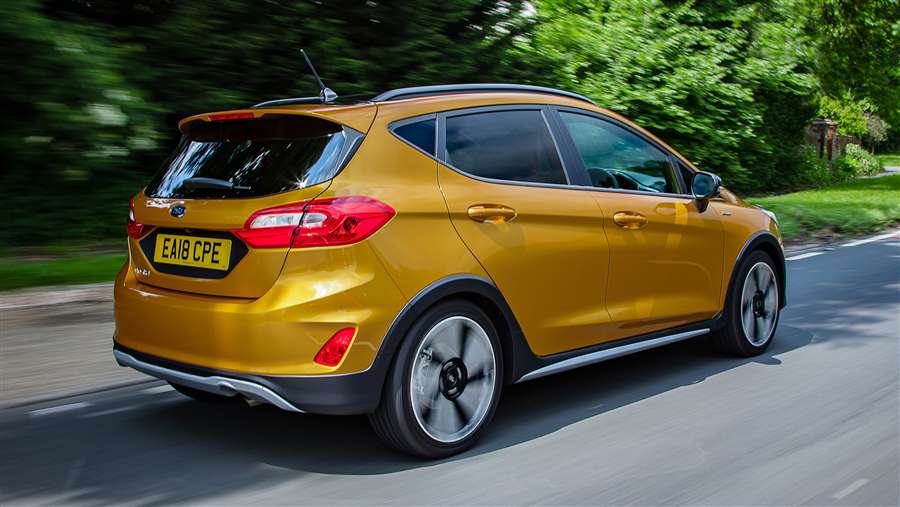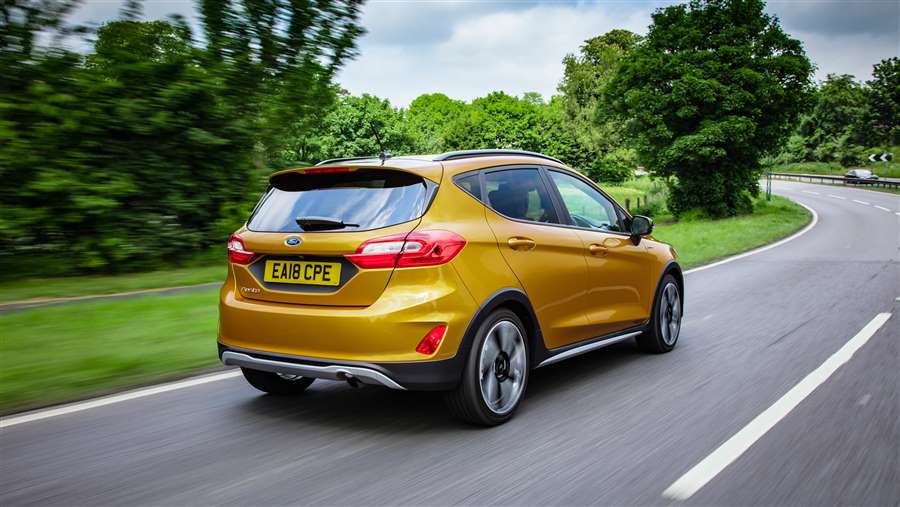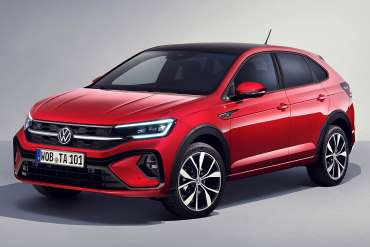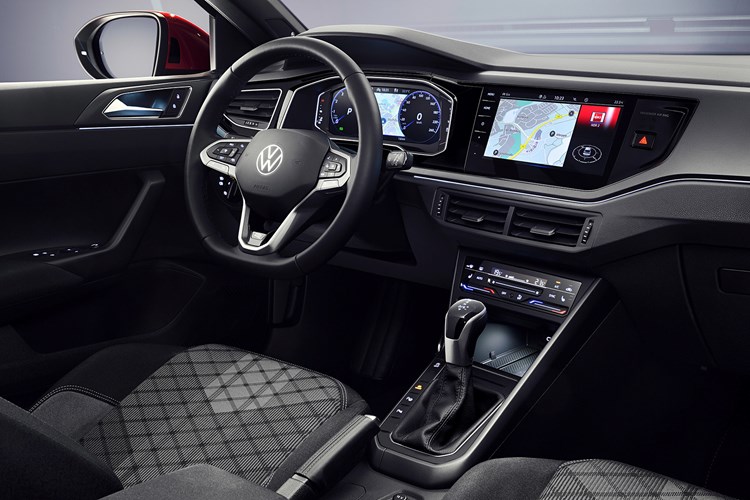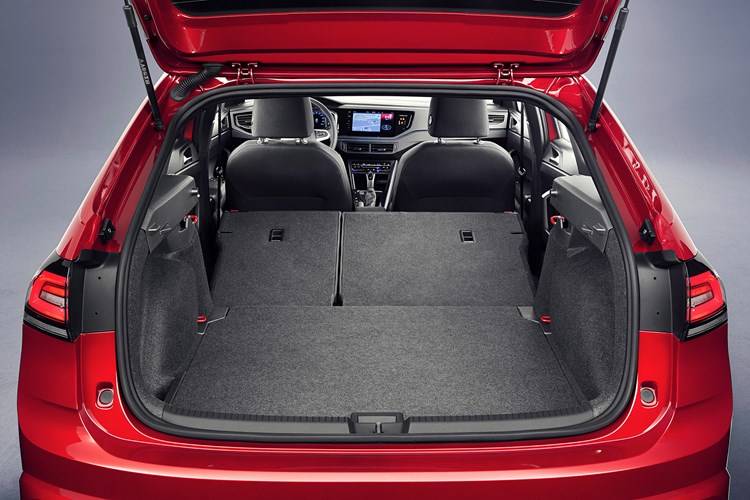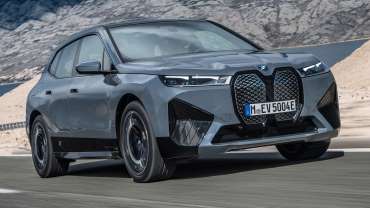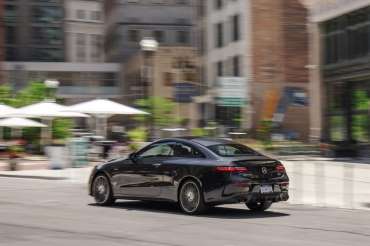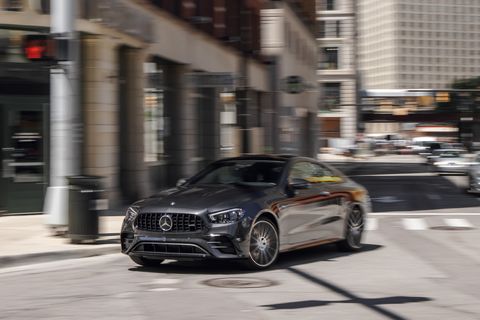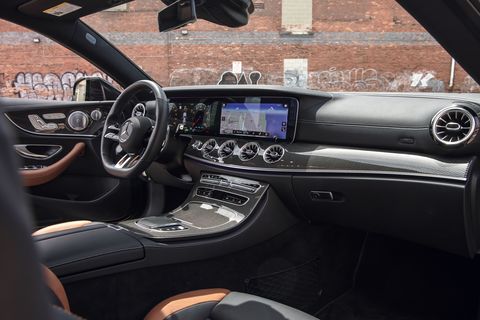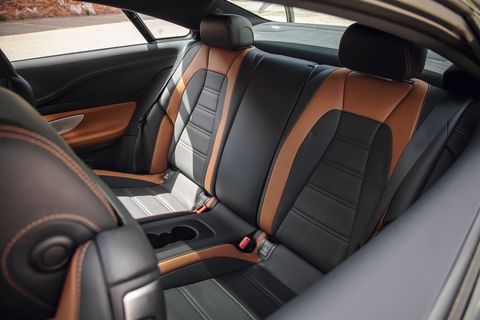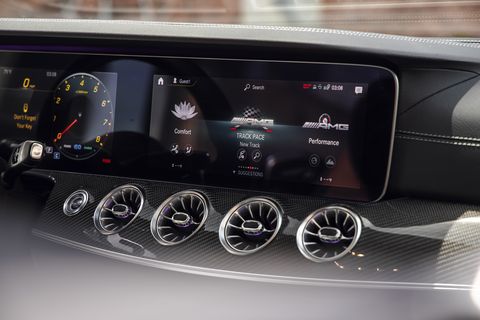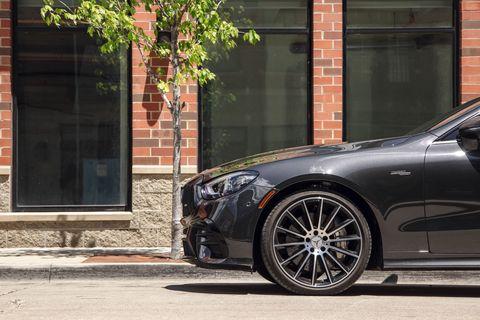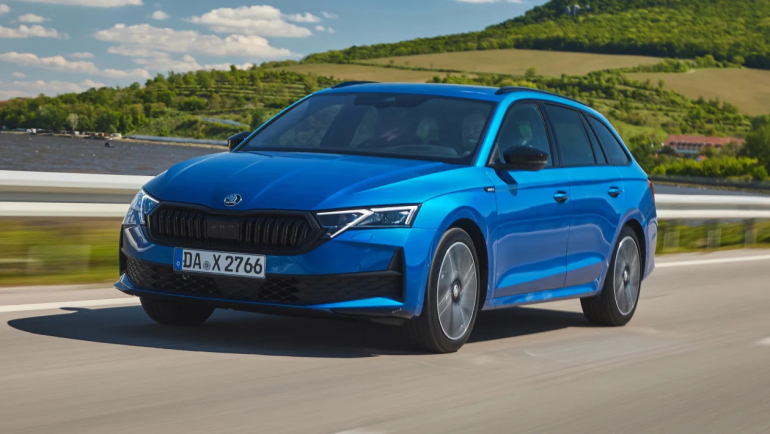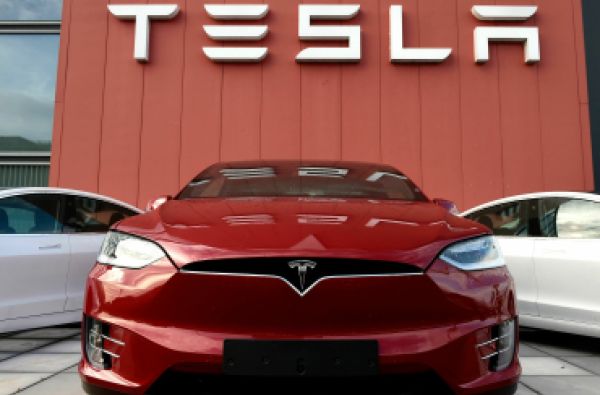The SUV boom shows few signs of stopping any time soon, and manufacturers have tried to cash in as much as possible. Ford not only sells ‘proper’ SUVs like the Kuga, but also jacked-up Active versions of the Fiesta, Focus and Tourneo Connect (plus, previously, the KA+ city car).
The Ford Fiesta Active brings a slightly higher ride height than the standard Fiesta, not to mention roof rails and cladding around the wheel arches to make it look tougher. In pretty much all other respects, it’s the same as the standard Fiesta and features the same qualities.
About the Ford Fiesta Active
It’s another option to consider if you’re after a small SUV like the SEAT Arona, Renault Captur, Peugeot 2008 and the Citroen C3 Aircross – though it’s slightly smaller than all these models. Ford also sells two small SUVs of its own: the EcoSport and the big-selling Puma.
Good things, though, often come in small packages, and that’s true of the Fiesta Active. Because despite having a ride height that’s 18mm taller than the Fiesta on which it’s based, the Active has had its track widened by 10mm. This translates into a planted feel on the road, fun cornering and a car that’s generally true to the Fiesta’s ethos. All in all, it’s an appealing and likeable small SUV.
The Fiesta Active has two trim levels: the Active Edition and Active X Edition. If you’re familiar with the standard Fiesta range, Active Edition is based on Titanium and features sat nav and cruise control, but adds some extra (mostly aesthetic) trinkets. Active X, like Titanium X, has more equipment by way of keyless entry and a B&O sound system.
In terms of engine choice, you’re limited to three power outputs of a 1.0-litre EcoBoost petrol engine. Versions with 123 or 153bhp come with mild-hybrid technology to reduce fuel consumption, and the former is also available with a seven-speed dual-clutch automatic alongside the standard-fit six-speed manual. On Active Edition models, you can also choose a non-hybrid 99bhp version of the engine.
Both the Ford Fiesta and SUVs are incredibly popular, so combining the two to make the Ford Fiesta Active must have seemed like a no-brainer for Ford. The company expects 15 per cent of the Fiestas it sells to be the Active variant, after all. But while some may have feared a taller Fiesta would lose the handling finesse Ford’s evergreen supermini has long been known for, in truth, the Fiesta Active is similarly enjoyable to drive.
It is, to be fair, more expensive than a standard Fiesta, but the Active gets a plusher entry-level trim, so this isn’t felt quite as keenly as it might be. There’s room for five adults (at a push) inside, while the Fiesta Active gets the same well-designed cabin and up-to-date eight-inch Sync 3 infotainment system as the standard Fiesta. As a bridge between supermini and full-on small SUV, with the impressive qualities of the Ford Fiesta thrown-in, it makes a lot of sense.
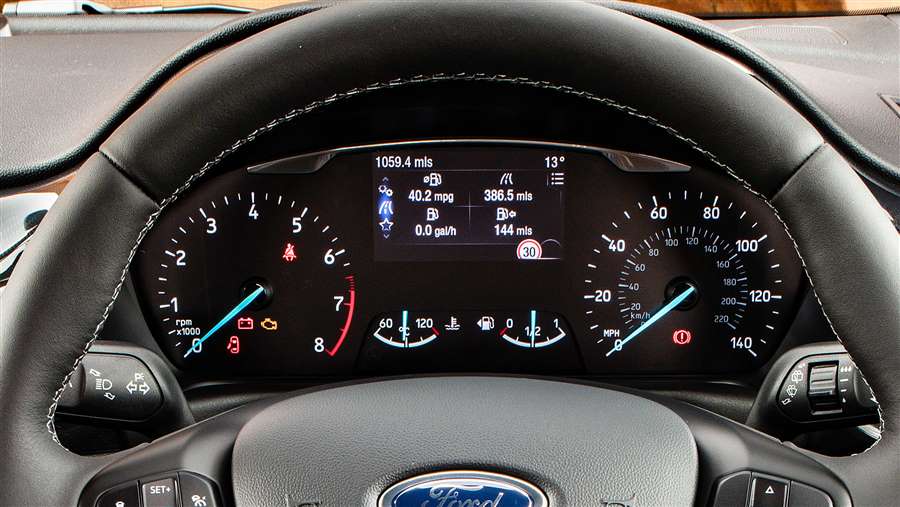
The battle car companies face when designing SUVs is that if they make a taller car, they tend to raise its centre of gravity. This, in turn, will lead to more body roll when cornering, which is an enemy of a fun driving experience – something that wouldn’t bode well with the Fiesta’s reputation.
Ford must have been well aware of this when designing the Active, so while the car has rugged plastic wheel arches, roof rails and more sturdy-looking bumpers, it actually rides just 18mm taller than the Fiesta hatch. To further minimise the impact an SUV stance might otherwise have and to compensate for the slightly taller frame, the Active’s track has been widened by 10mm.
These design elements are worth knowing, because they mean that if you’ve driven the standard Fiesta, the Active doesn’t deviate too much from that car’s impressive handling characteristics. There is a fraction more body lean when cornering, but nowhere near enough to dent the Active’s overall handling prowess. It also has an almost identical – albeit marginally higher – driving position to the Fiesta, plus the same snickety gearbox and sharp steering.
All models come with what Ford terms “rough road suspension” and a driving mode selector with Eco, Normal and Slippery settings. It’s unlikely the Fiesta Active will get you hugely far off the beaten track, but the slightly raised stance should make taking it into a field, for example, less nerve-racking than it would be in a conventional supermini. The car’s underside will also be that little bit further out of harm’s way when negotiating urban obstacles like speed humps and kerbs.
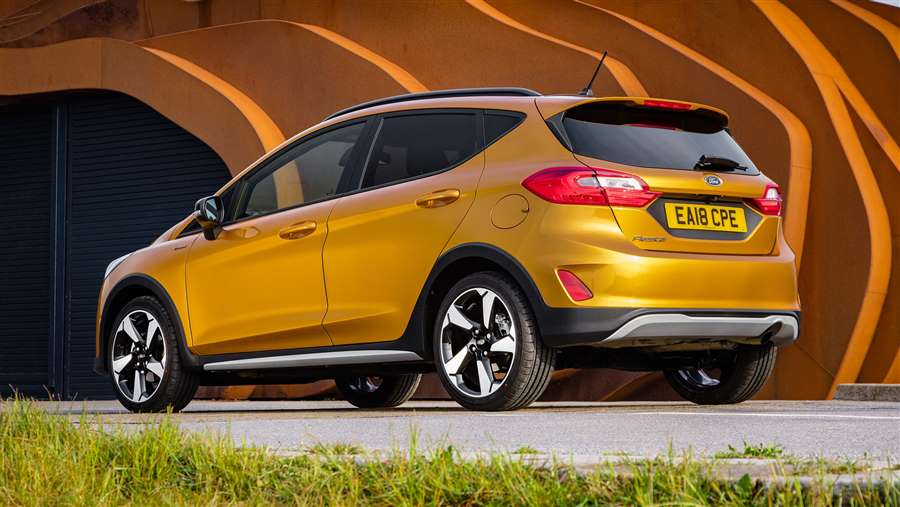
Engines, 0-60 acceleration and top speed
Ford only offers the Active with a 1.0-litre three-cylinder turbocharged petrol engine, although a 1.5-litre diesel was available early in the car’s life. The petrol currently comes in 99, 123 and 153bhp formats.
Choose one of the EcoBoost petrols and you’ll be getting an eager powerplant. The slightly gruff nature intrinsic to three-cylinder engines gives the EcoBoost a pleasing amount of character when accelerating, but once on a cruise it’s a hushed companion, and an all-round solid performer. Note the least powerful petrol isn’t available with the better-equipped trim.
Performance, naturally, varies depending on which EcoBoost configuration you choose. The 99bhp version takes 10.8 seconds to go from 0-62mph, the 123bhp version shrinks this to around 9.5 seconds, while the 153bhp engine does the same in 8.9 seconds. We’d argue the 123bhp unit is the one to go for though: it’s swift enough for most needs, and you can have fun wringing out its power, while staying on the right side of the law. A sweet-changing six-speed manual gearbox is standard across the range, with a six-speed auto offered as an option, but only with the 123bhp petrol engine.
Remember those compromises we mentioned earlier about SUVs being less agile than more established body styles? The same theory applies to economy. Add size and you reduce efficiency – partly due to extra weight, and partly due to a taller car being less aerodynamic.
Fortunately, because the Fiesta Active is only slightly larger than the Fiesta, and only weighs an extra 100kg or so, its efficiency losses are pretty minimal.
Specify your Active with the 1.0-litre petrol engine and official economy sticks around the mid-50s, with the 123 and 153bhp mild-hybrid engines returning 56-57mpg, and the 99bhp version managing 53.3mpg.
The Active stands up pretty well to the competition where economy is concerned, too. The SEAT Arona officially manages 52.3mpg with the base 94bhp petrol engine, but the 148bhp engine with an automatic gearbox offers an MPG figure in the mid-40s.
As far as road tax is concerned, you’ll pay £145 for the mild-hybrid engines and £155 for the 99bhp petrol engine once the car’s a year old. The first year’s tax is wrapped up in the cost of the car.
Insurance
Insurance for your Ford Fiesta Active should be cheap enough. The Active starts in group 10 out of 50, while the 123bhp engine sits in group 15 and you’re looking at group 17 for the 153bhp unit - regardless of the trim level you choose. Cover shouldn’t be expensive, either way, and should be slightly cheaper than it would be with the SEAT Arona, which sits in groups 8 to 18.
If cheap insurance is the goal, though, bear in mind choosing a Fiesta hatchback instead of the Active will get you more affordable cover: the Fiesta Trend sits in group 4 – though only if you specify it with the unenthusiastic 74bhp petrol engine.
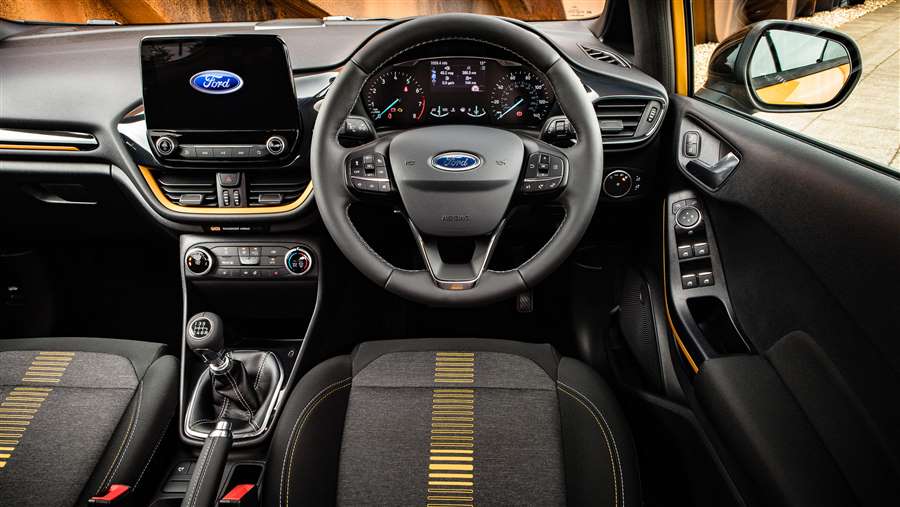
Depreciation
Our experts predict the Fiesta Active will retain an average of 42.56 per cent of its value after three years and 36,000 miles, which is roughly the same as the standard, Fiesta. Our choice, the B&O Play model with the 99bhp EcoBoost engine, should hold onto 36.5 per cent of its value, while the 118bhp and 138bhp petrols will be more resistant to depreciation - though they’ll cost you more to buy in the first place.
When the new Fiesta launched in 2017, its new interior put criticism of the outgoing model’s button-heavy cabin to rest – so it’s no surprise Ford has stuck with the same layout for the Active model.
The driving position, naturally, is ever so slightly higher than it is in the standard Fiesta, but your feet and arms adopt an almost identical position, and you’d be hard pushed to tell much of a difference between the two cars from behind the wheel. This is a good thing, though, as it means the gearlever is where you instinctively reach for it and feels satisfyingly chunky, the steering wheel sits comfortably in your hands, and the pedal box can accommodate even larger feet.
Interior quality is decent enough. The Volkswagen Polo feels plusher, sure, but in general the Fiesta Active acquits itself well. Unique upholstery patterns help it stand out from the crowd. As is common in the supermini class, lower down in the dashboard there are scratchy plastics, but higher up things are more pleasant, and softer to the touch.
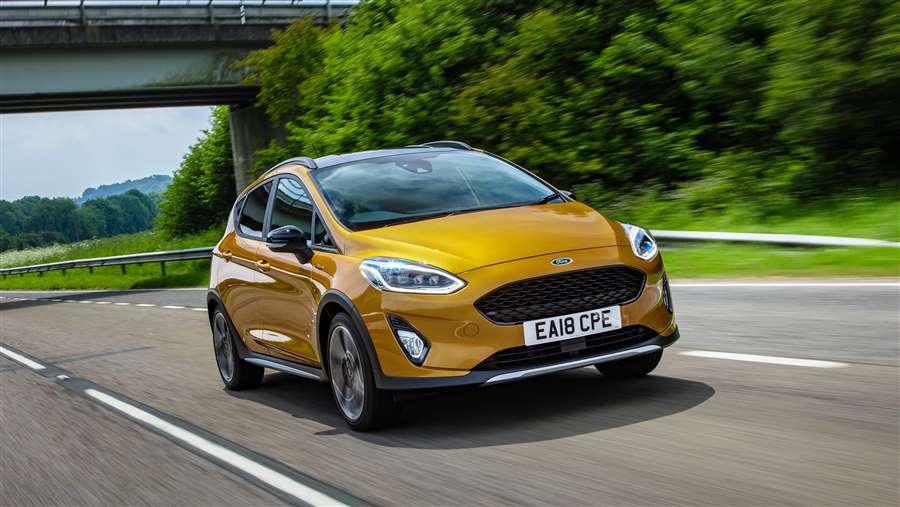
The range starts with the Fiesta Active Edition. This includes a leather steering wheel, keyless start, sat nav, Apple CarPlay and Android Auto, cruise control, rear parking sensors and a range of online features through the FordPass Connect modem. For most buyers, we’d say this is the trim level to pick as it offers a generous level of standard equipment.
Top-spec Active X Edition cars add power-fold mirrors, part-leather seats, an upgraded climate control system, auto high-beam assist and a B&O sound system. Active X is a further £2,500 or so over the Active Edition though.
Individual options include an opening panoramic sunroof for £995 (note that this means you lose the roof rails), full LED headlights for £700, pop-out door-edge protectors for £100 (worth having) and a £300 winter package.
Sat-nav, stereo and infotainment
Ford’s Sync 3 infotainment system may not be the best in the business but it still has a lot to recommend it. It features physical shortcut buttons at its left and right edges to easily bring up the radio volume, for example, while the central screen hosts large, easy-to-prod icons, and there are physical play/pause and skip buttons at the screen’s base.
Apple CarPlay and Android Auto are included in the Sync 3 system, as is a physical knob for the volume and power – no prodding at a screen for these functions. Helpfully, there’s also a button that turns the screen off without shutting the entire system down – useful if you’re travelling at night and want to avoid screen glare while you listen to the radio.
The Fiesta Active is a pretty practical supermini-cum-SUV, but don’t go thinking it’s a commodious car
The latest Ford Fiesta has a more spacious cabin than its predecessor, and the Active continues to make the most of these gains. Although five adults will be a squash, this is true of most cars of a similar size, which tend not to be bought by drivers who regularly carry a full complement of passengers.
Legroom, headroom and passenger space
As with similarly-sized cars, those in the rear of the Fiesta Active will be forced to adopt a relatively upright seating position, and front-seat occupants will have to be considerate of how far they have their seats forward if adults are behind them.
While the Fiesta Active makes a strong fist of the space its small dimensions provide, and young families should do well with it, if you want to maximise the amount of interior space your small car offers, look into the Honda Jazz– it’s the epitome of clever packaging.
Boot
At 311 litres with the rear seats up, boot space in the Fiesta Active is identical to the Fiesta hatch. Drop the seats in the Active and luggage space grows to 1,093 litres. These figures are reasonable, if nothing to write home about. The SEAT Arona, for comparison, offers 400 litres of luggage space with the rear seats up, while the Citroen C3 Aircross has 520 litres if you slide its rear seats forward.
Towing
Ford will fit the Fiesta Active with a tow bar for £225 – though not in conjunction with the optional panoramic sunroof. So equipped, the Active will tow up to 1,000kg, and will do so most comfortably if you choose the 118bhp 1.5-litre diesel engine.
The Ford Fiesta was awarded the full five stars for safety by Euro NCAP, and this should apply to the Active variant. Adult occupant protection was rated at 87 per cent, child protection was similarly strong at 84 per cent, and safety assist was given 60 per cent.
Go for the Active X Edition model and you’ll get traffic sign recognition (helpful for sticking to the speed limit), auto-dipping headlights and fatigue detection. A £350 ‘Exclusive Pack’ adds this tech to the Active Edition, plus adaptive cruise control.
The Driver Assistance pack, meanwhile, bundles adaptive cruise control, autonomous emergency braking (which operates at speeds up to 50mph), blind-spot detection, auto park assist and a reversing camera. It’s not cheap, costing £600 or £900 depending on trim level, but this kit is worth having.
It seems a lot of Fiesta owners aren’t particularly enamoured with their cars, according to our 2021 Driver Power owner satisfaction survey. Rated 68th in our list of the top 75 cars on sale, the Fiesta didn’t score that highly in any one area. The best score was for low running costs, but neither the engine or the Ford’s reliability impressed.
The results aren’t any better for the wider Ford brand, which flopped to a 25th-place finish out of 29 manufacturers.
Warranty
Ford’s three-year, 60,000-mile warranty is average for the industry, A number of other manufacturers, including Toyota, Kia and Hyundai, offer longer, more generous policies.
Servicing
Ford’s fixed-price service plans come in a number of flavours. A basic two-year plan covering one service is £260, and high-mileage drivers can opt for a two-year/two-service policy for £500. A three-year/two service policy is £530.
(https://www.autoexpress.co.uk/ford/fiesta/active-suv)


